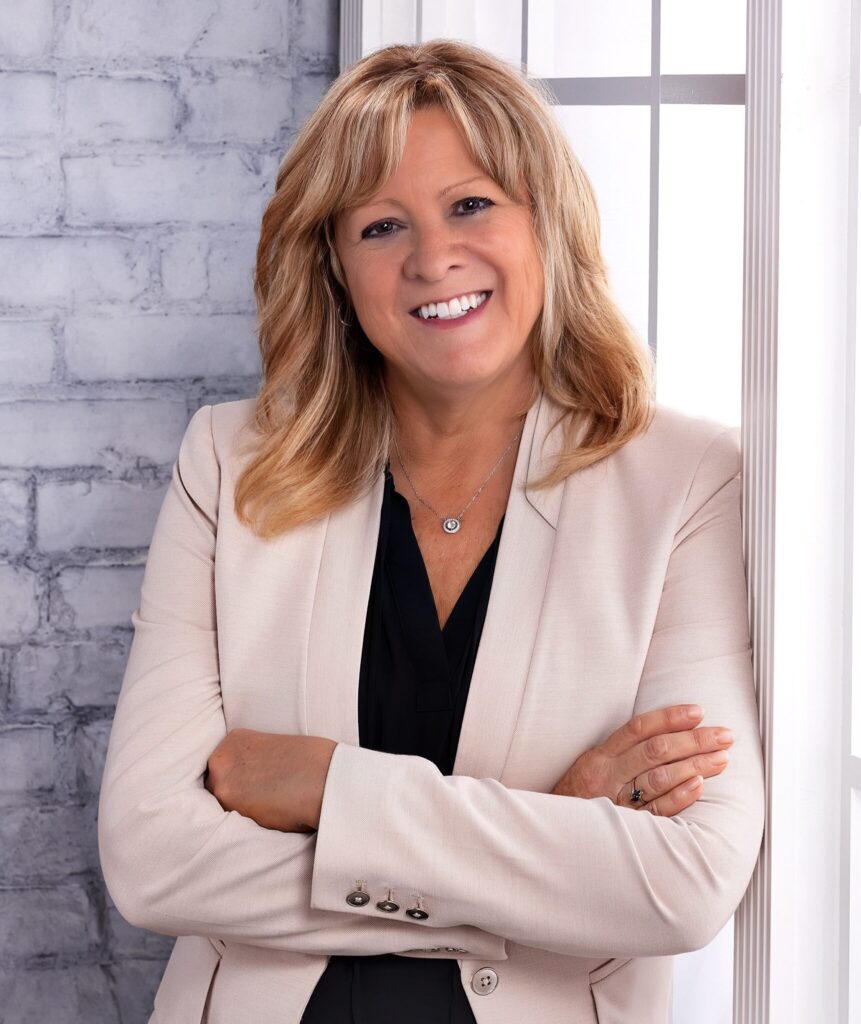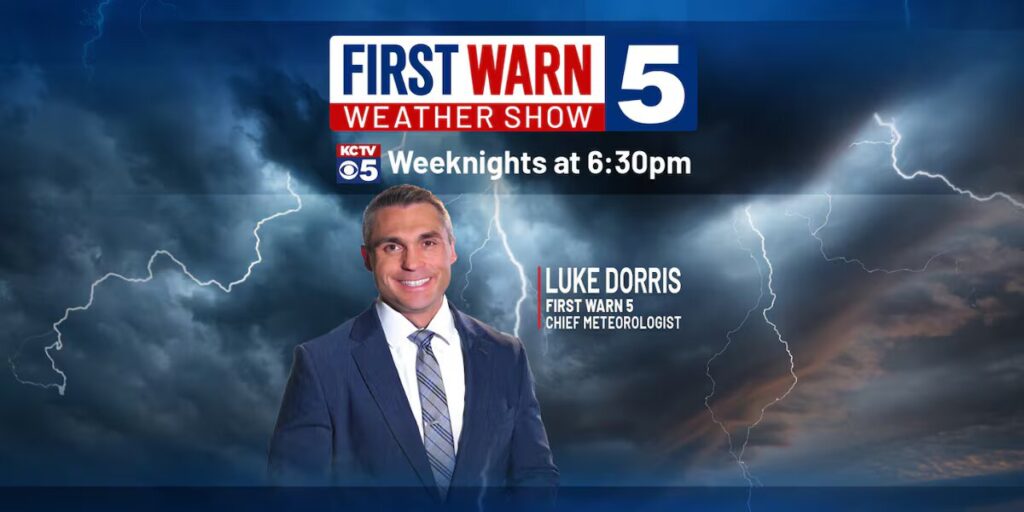 NBCUniversal Owned Television Stations broke new ground in TV weather with the introduction of the first in a fleet of StormRanger dual-polarization Doppler radar trucks that make it possible for stations to get a look at storms in gaps left uncovered by fixed tower-mounted weather radar systems.
NBCUniversal Owned Television Stations broke new ground in TV weather with the introduction of the first in a fleet of StormRanger dual-polarization Doppler radar trucks that make it possible for stations to get a look at storms in gaps left uncovered by fixed tower-mounted weather radar systems.
NBC O&Os Taking The Radar To The Storm
NBCUniversal Owned Television Stations this week rolled out a first-of-its-kind-in-TV weather vehicle that can strategically positon the latest generation of weather radar technology in spots that fill in coverage gaps of fixed radar systems to deliver a more accurate and timely look at what’s happening inside severe storms.
“We realized if we were to create an elevated platform that would allow us, once parked, to raise the radar system and engage it, we could free ourselves from being tied to a specific location and get all of the data we want when storms approach certain areas,” says Jeff Morris, SVP of technology and operations for the NBC O&O division.
The first of the station group’s StormRanger vehicles hit the road in Philadelphia on Monday, Aug. 1. It, like the other two the station group plans to put on the road over the next few weeks, provides a mobile platform for Enterprise Electronics Corp.’s solid-state dual-polarization, Doppler X-band Ranger radar system.
The vehicles, which a report from WCAU, the NBCU O&O in Philadelphia pegged at $1 million apiece, will provide the NBCU- and Telemundo-owned stations throughout the country with enhanced weather radar.
“Because the dual polarization [radar] uses both a vertical and horizontal beams, you are able to get a better analysis of particles and droplets in the atmosphere,” says Richard Stedronsky, a meteorologist and director of strategic business development and partnerships at Enterprise Electronics Corp.
In general, dual polarization Doppler radar readings, which the National Weather Service (NWS) collects at it fixed radar stations, allows a meteorologist to look at areas in a storm to determine if precipitation is in the form of rain, hail, sleet or ice.
It also makes it possible to distinguish a flock of birds from precipitation, examine the debris in a tornado or look at the particles floating in the atmosphere from a raging forest fire, Stedronsky says.
However, the location of the 160 NWS radar stations in the United States is fixed, which means gaps in coverage occur due to terrain features, such as mountains, forests and buildings, he says.
“What NBCU can now do with the StormRanger system is to fill in those gaps and provide a better picture for the viewer,” he says.
Another benefit is greater control over the timing of radar sweeps. A StormRanger can gather data more quickly — every 30 seconds, 45 seconds or minute — as opposed to waiting a couple of minutes to get data from the weather service, Stedronsky says.
While EEC has deployed its Ranger dual-polarization X-band weather radar outside the media industry, Stedronsky says the StormRanger deployment of the mobile technology is the first “in the media world.”
The concept for StormRanger grew out of the experience NBCU O&Os have had with storm chaser vehicles over the past couple of years, says Morris.
At the 2015 NAB Show, the station group requested a meeting with EEC and mobile newsgathering vehicle integrator Accelerated Media Technologies.
“We literally took the experts from both groups, put them in a room together and started drawing pictures, and coming up with ideas, and talking about platforms that might work,” he recalls.
“At the end of that meeting, we realized this was really a possibility that we wanted to prove out, and that is how it all started.”
The StormRanger is built on a Dodge Ram 5500 truck that is designed to be quick to deploy and require minimal external stabilization, says Tom Jennings, president of Accelerated Media Technologies, which is building the vehicles for the NBCU O&Os.
Stabilizing the truck and the custom-built scissor lift that elevates the platform at the rear of the vehicle where the dome-enclosed EEC weather radar system resides is important to ensure reliable operation, he says.
When fully extended, the lift elevates the platform 80 inches into the air so the line of sight of the 1-meter radome-enclosed radar antenna clears all rooftop systems, including a Ka-band satellite dish, affixed to StormRanger.
This positions the radar to complete unobstructed, 360-degree sweeps, allowing the system to collect accurate severe weather data from a storm system 75 miles away, he says.
Inside the rear of the truck a rack holds EEC’s IQ-2 signal processor that takes the raw data collected by the radar and applies algorithms to produce a visual result of the hydrometeors in the atmosphere, says EEC’s Stedronsky.
A small suite of command and control computers from EEC instructs the radar on which way to look, how to rotate, at what angle to operate and how much power to use.
To communicate the radar visuals back to an NBC O&O, StormRanger relies on a combination of Ka-band and bonded cellular systems.
“It is an aggregated system so the Ka-band and cellular work together,” says AMT’s Jennings.
The Ka-band satellite system uses service from Viasat, and two different bonded cellular systems — one from Dejero and the other from LiveU — to provide terrestrial IP connectivity.
“It’s [the satellite-bonded-cellular aggregated bandwidth] worked exceptionally well in weather-related circumstances [during a month-long test of StormRanger],” says Jennings.
The aggregated IP connectivity also can be used to contribute HD video from the truck.
Cooling was an important consideration in the design of StormRanger, Jennings says. The vehicle has an onboard power system that can sustain air conditioning to cool both the cab and the radar electronics for several days if necessary.
Back at the NBCU O&Os, a Max weather ecosystem from The Weather Co., formerly WSI, takes in StormRanger radar feeds.
“The data is seamlessly integrated in their Max ecosystem, which makes it possible for meteorologists to display it just like data from any other radar system,” says EEC’s Stedronsky.
StormRanger radar, however, isn’t limited to on-air use.
The station group was determined to make the enhanced radar available on all of the NBCU O&O digital platforms, says Morris. “We wanted to make sure there was a very tightly coordinated digital effort as well.”
NBCU O&Os will use the next few months to gain experience with StormRanger vehicles as stations put the three initial vehicles through their paces, Morris says. “We need some time with some bad weather to prove exactly how they work.”
“Of course we want to take all the feedback we get and make improvements to the next ones,” says Morris, who adds that the station group is aiming to add more StormRanger vehicles in the fall.
“It’s possible we made everything right, but it’s also possible we want to make a few changes along the way.”
Below, WCAU reports on the new StormRanger dual-polarization X-band Doppler radar truck that NBCUniversal Owned Television Stations rolled out Aug. 1. Video courtesy of NBCUniversal.


























Comments (13)
kendra campbell says:
August 4, 2016 at 10:33 am
Oh goody. More weather toys to increase the daily hype level.
Wagner Pereira says:
August 4, 2016 at 11:30 am
Of course, if you knew anything about Broadcast, you would know that winning the Weather Images is key to winning the Local News Ratings. Sinclair knows that which is clearly why it is interested in The Weather Channel.
kendra campbell says:
August 4, 2016 at 3:57 pm
Why do local news ratings (especially A25-54) keep eroding, as weather (hype) expands? It’s all a mystery.
Wagner Pereira says:
August 5, 2016 at 1:56 am
Try eliminating Weather and watch the ratings.
Brian Bussey says:
August 4, 2016 at 5:11 pm
I wonder what the wattage is on this radar and if I should send my kids to school in tin foil rain coats ?
Mark Kammerich says:
August 4, 2016 at 6:32 pm
So a station group invests in developing high interest content and the whiny haters come out in force. NIce.
alicia farmer says:
August 4, 2016 at 6:48 pm
More weather gizmos is not “high interest content”. Stations have milked the weather cow for all it’s worth. How about investing in quality investigative reporters, producers, videographers, and editors instead? Weather hype, along with crime and car crashes, is easy and lazy.
Ellen Samrock says:
August 4, 2016 at 8:09 pm
Obviously, discussing the weather is big money for NBC or they wouldn’t have invested in these Doppler rigs. If these fancy radar systems can give their stations a competitive edge by gathering weather information other stations can’t get then they’re worth it. In areas that are prone to severe weather, they could prove invaluable to both the station and the population at large.
Wagner Pereira says:
August 5, 2016 at 2:01 am
Again @FormerGM shows why he’s former. Again, al, the Investigative Reporters, Producers, Videographers and Editors in the world don’t get you numbers in the 21st century without a Powerful Weather Image. As pointed out, NBC would not be investing $1m each in these vehicles (as CBS has also done) without a Research and Numbers to back it up.
Cameron Miller says:
August 6, 2016 at 9:32 am
@Insider: Leave formergm alone!
Jayson Siler says:
August 10, 2016 at 9:15 am
Another bright and shiny object. Weather apps on smartphones are taking over…